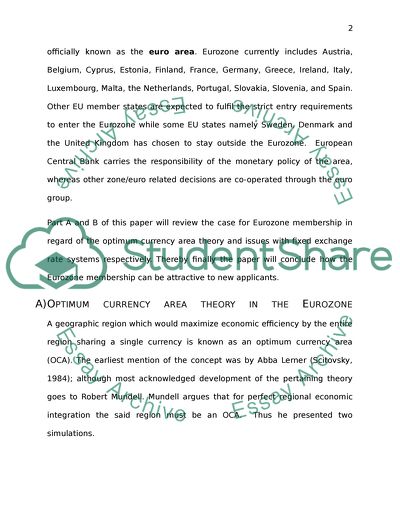Cite this document
(“International Finance Essay Example | Topics and Well Written Essays - 2000 words”, n.d.)
Retrieved from https://studentshare.org/environmental-studies/1414879-international-finance
Retrieved from https://studentshare.org/environmental-studies/1414879-international-finance
(International Finance Essay Example | Topics and Well Written Essays - 2000 Words)
https://studentshare.org/environmental-studies/1414879-international-finance.
https://studentshare.org/environmental-studies/1414879-international-finance.
“International Finance Essay Example | Topics and Well Written Essays - 2000 Words”, n.d. https://studentshare.org/environmental-studies/1414879-international-finance.


